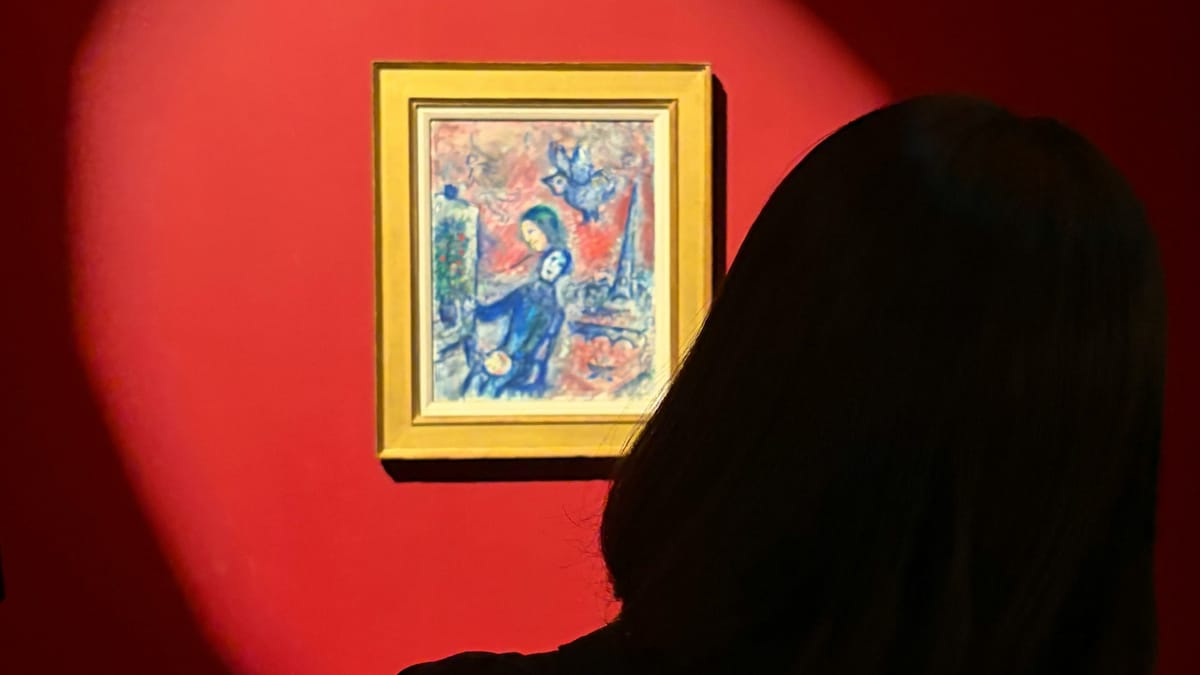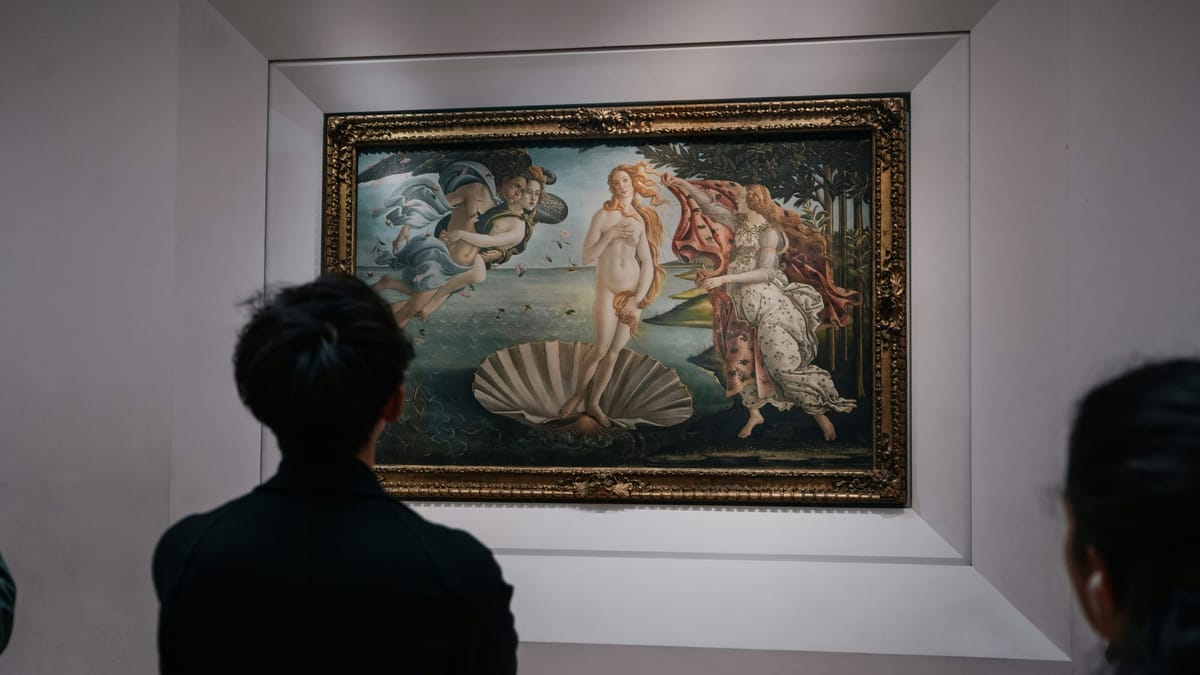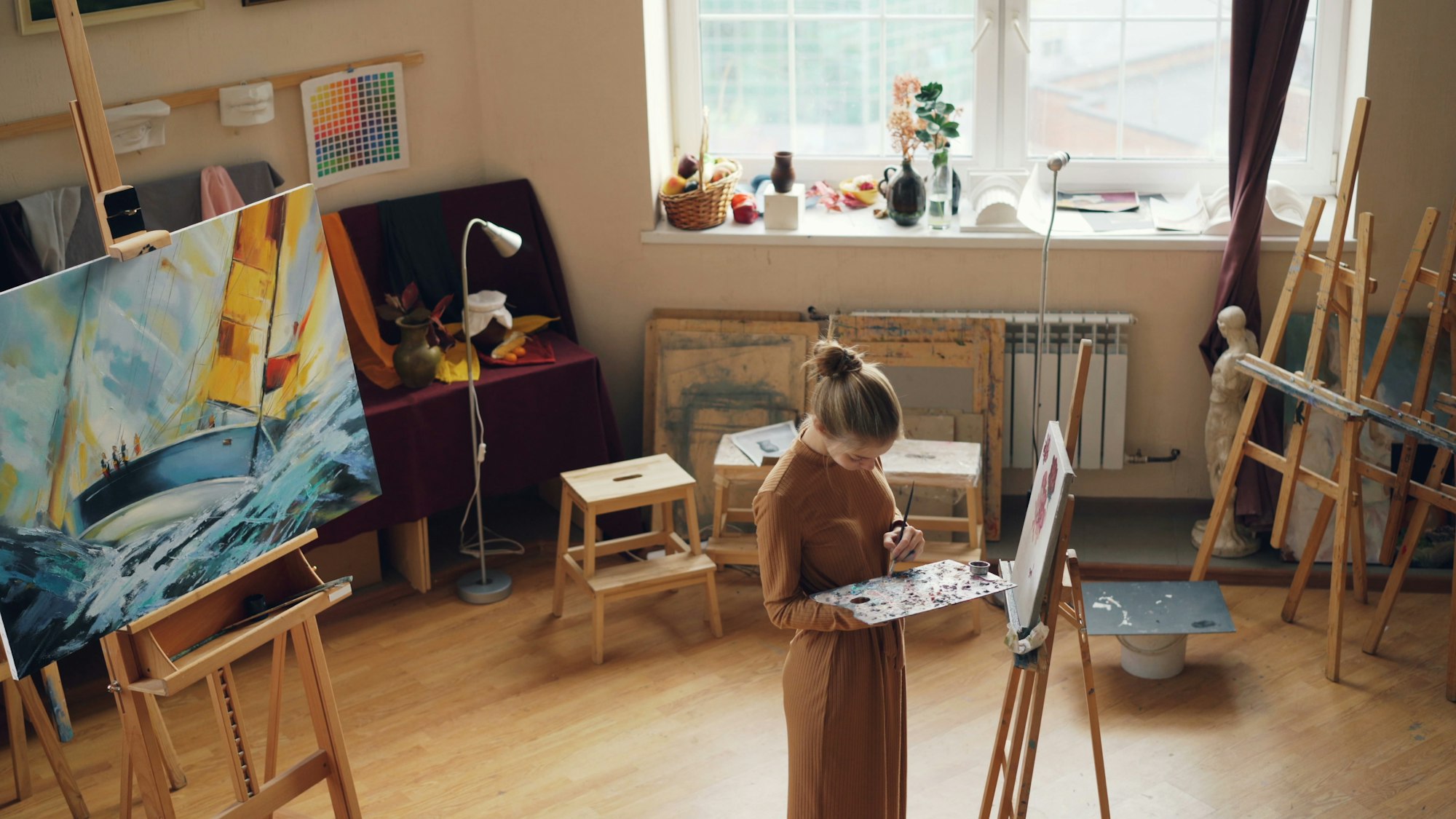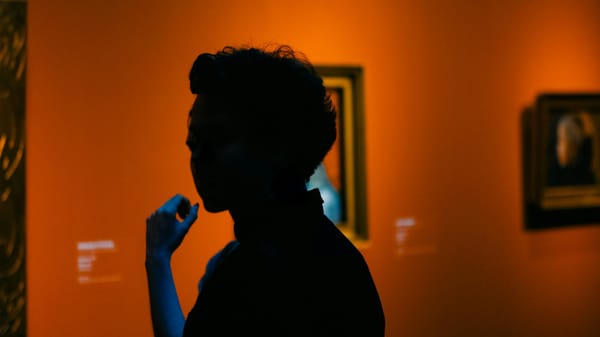The 10-Minute Challenge: Why Staring at Art Might Save Your Mind
When you stop long enough to truly look, art stops being decoration and becomes a mirror — this ten-minute staring challenge might just save your mind.

How a 10-Minute Challenge Can Save Your Mind
The world scrolls fast. Screens flicker, feeds reload, attention evaporates. But somewhere in this blur, a small experiment dared to ask for something radical: stillness. Ten minutes. One artwork. No commentary, no swiping — just you and an image breathing in the same space.
What began as a digital art challenge has turned into something stranger — a kind of meditation disguised as journalism. People who joined in say it rewired their attention. A static Whistler painting became a storm. A medieval tapestry started to pulse. Even a glitch — a plain blue square — kept some eyes fixed for the full stretch, as if waiting for revelation.
That’s the secret: it’s not about the painting. It’s about endurance, about fighting the muscle memory of distraction. Staring becomes rebellion. You start to notice what usually slips by — the grain of light on a wall, the tremor in color, the ghost of motion in stillness. Ten minutes turns into awareness.
Some readers took it further. One man reportedly pledged to study a single artwork for a hundred hours. Madness? Maybe. Or maybe he’s just starving for the kind of attention our world keeps stealing.
In the end, the exercise isn’t about art at all. It’s about recovery — of sight, of presence, of mind. Ten minutes of looking, and suddenly, the world looks back.
© ART Walkway 2025. All Rights Reserved.
Read More on ART Walkway:









